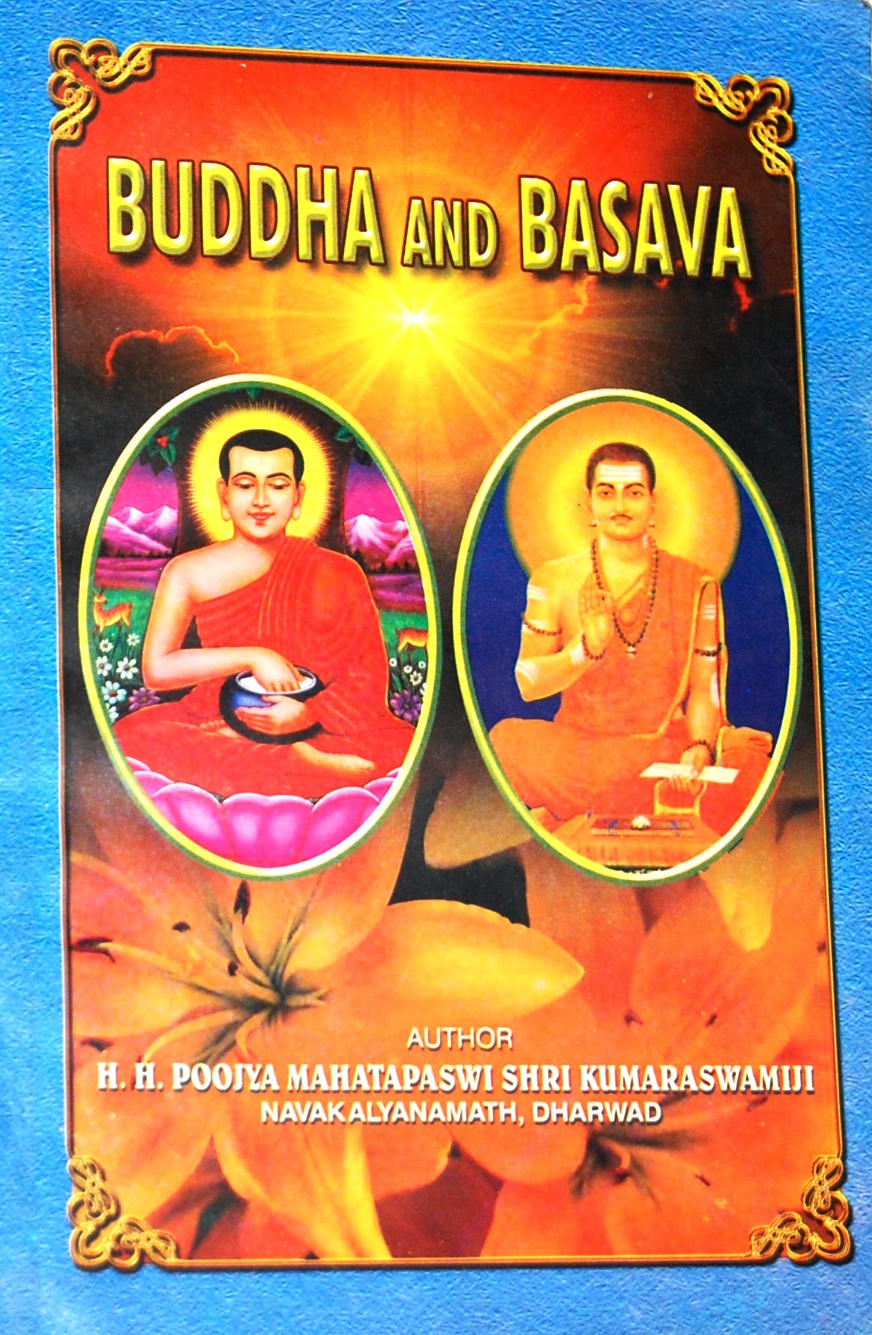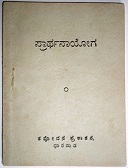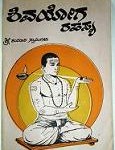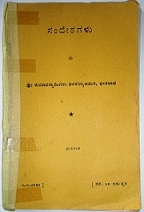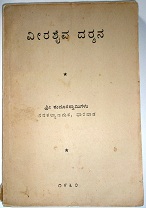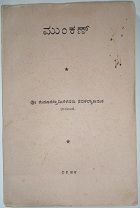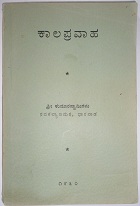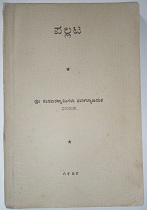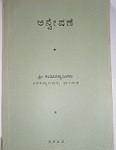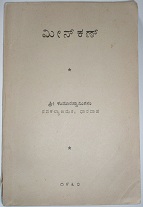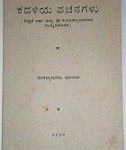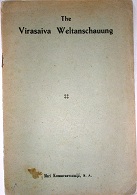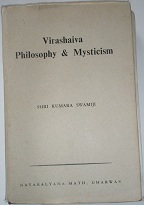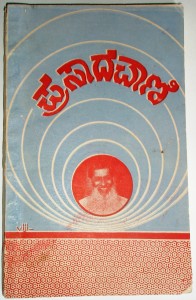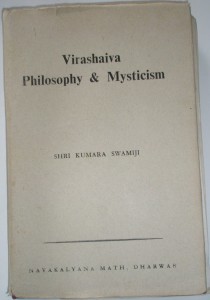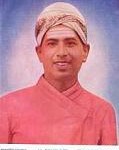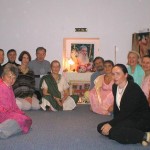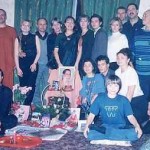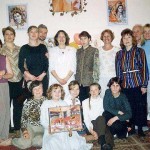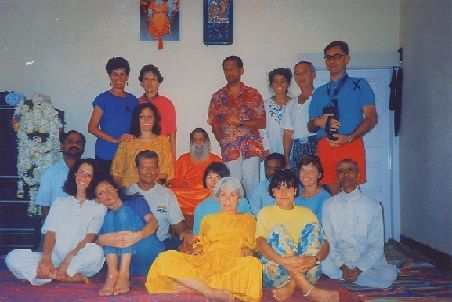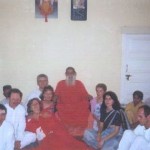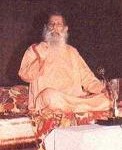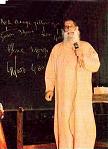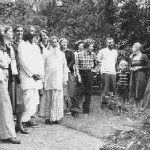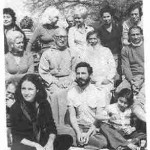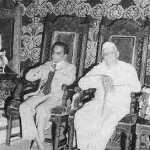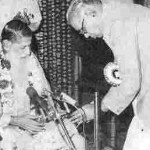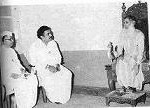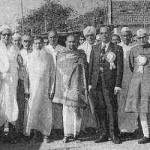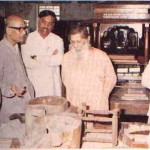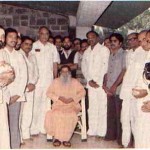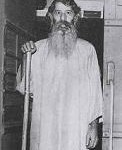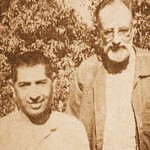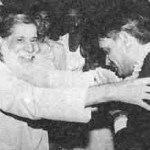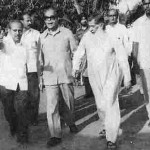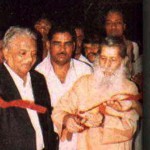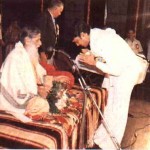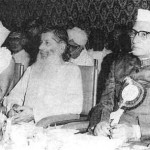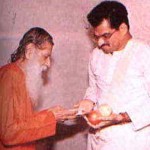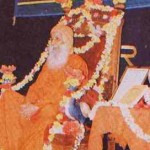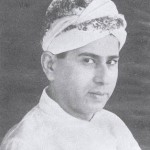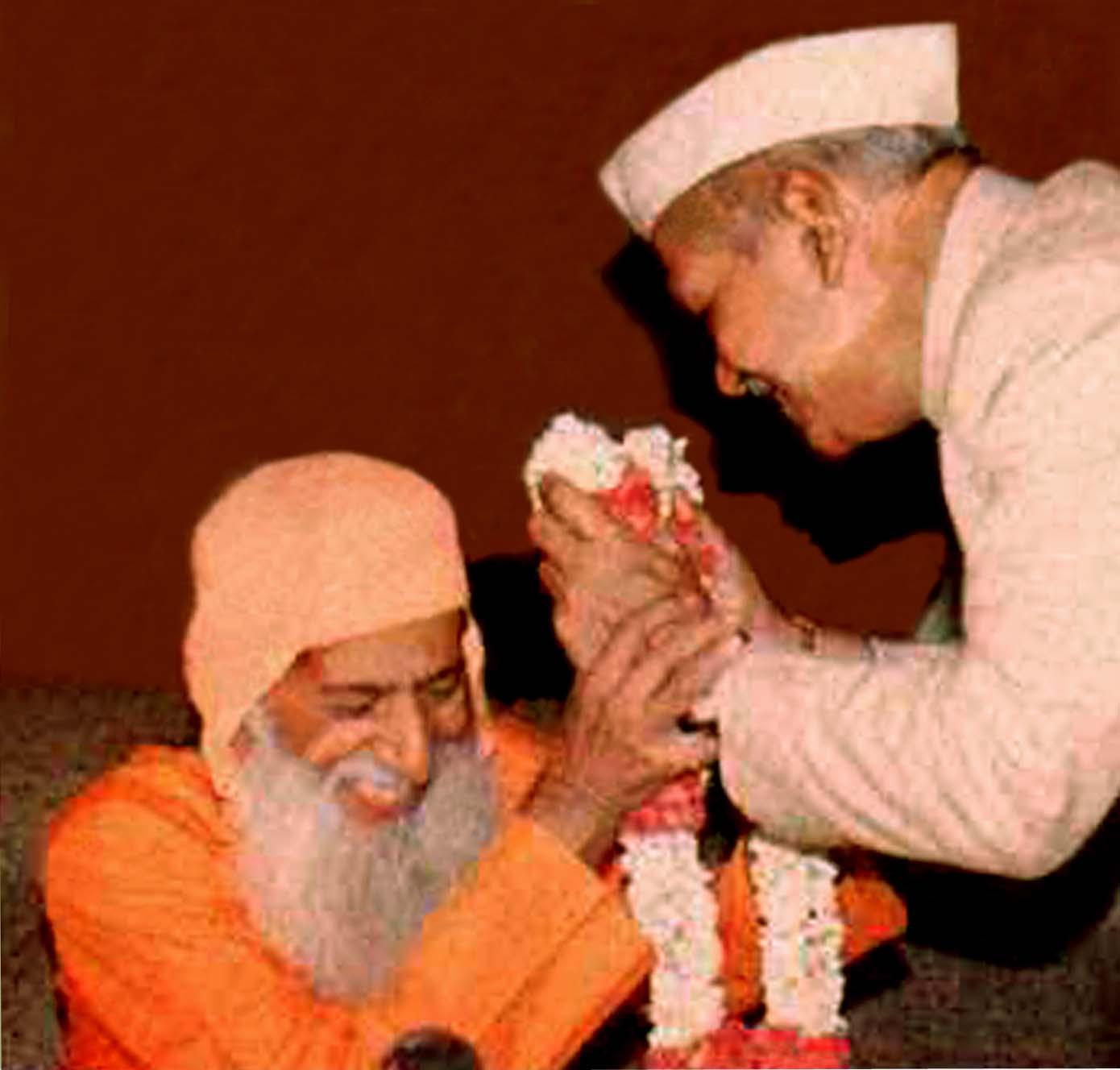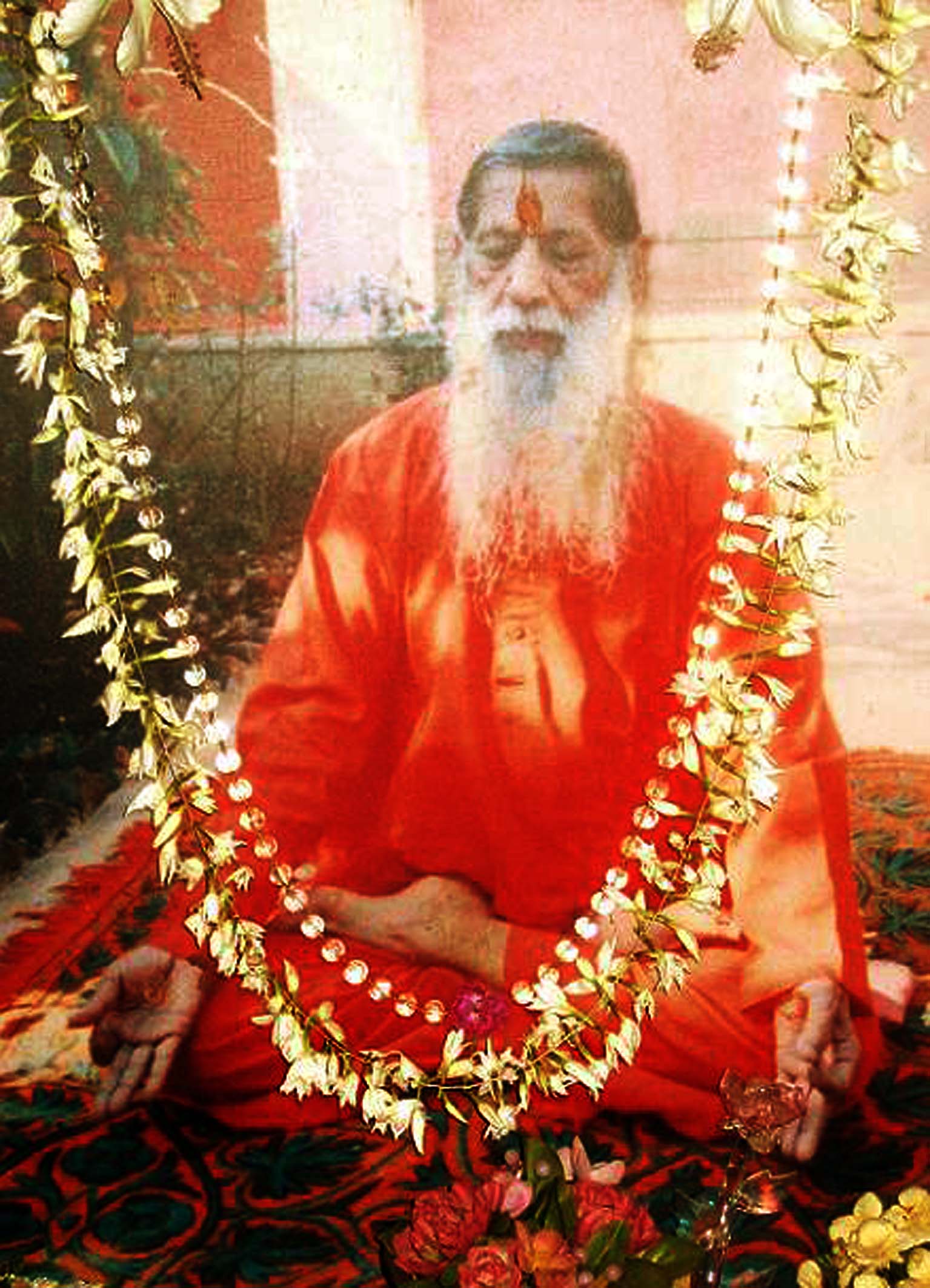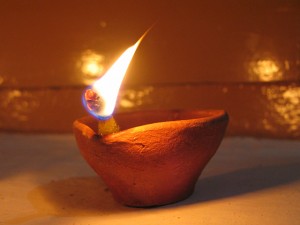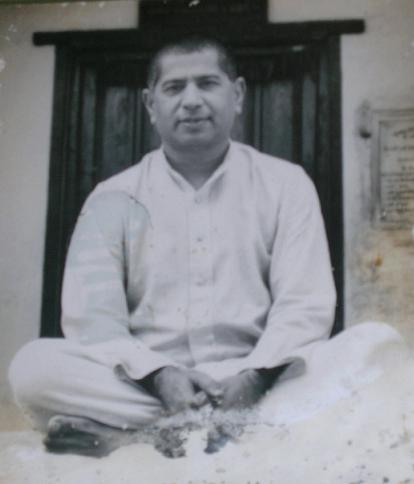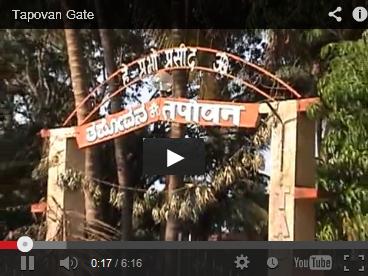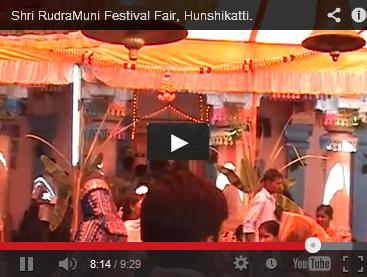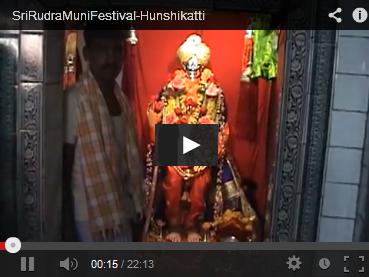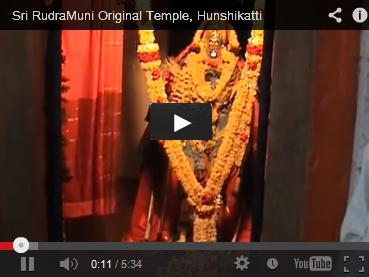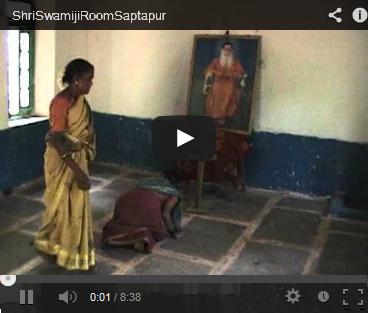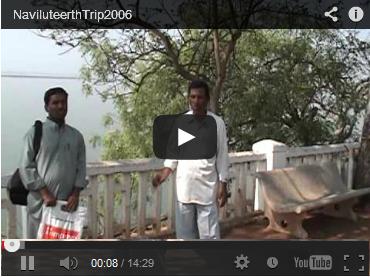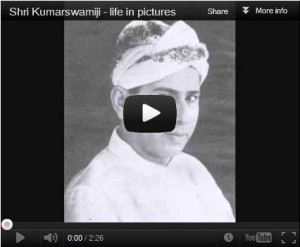Veerashaivism historically speaking is a fragrant, full-fledged and full-blown flower of Shaivism. Shaivism has flourished with minor differentiations, from pre-Vedic times to the end of the 11th century and its exponents have hailed from the North as well as from the South. But the beginning of the 12th century saw the ascendency of Jainism and Vaishnaivism and the decadence of Shaivism. By the middle of the 12th century, there appeared on the horizon of the religious firmament of Karnatak, a great saint/philosopher/religious teacher/social reformer all rolled into one and named Basava, who rescued Shaivism from its decadence, freed it from the shackles of Varnashrama and gave it a new dimension. It is this that revived, regenerated and revolutionized Shaivism which over the years has come to be known as Veerashaivism. In the words of Dr. Radhakrishnan, “… Basava …. gave to Veerashaivism a prophetic turn and a popular appeal.”
The recent findings of Mohenjo Daro and Harappa have proved the existence of an advanced stage of civilization of people who flourished in the Indus valley. They point out the fact that the Indus people who belong to the chalcolithic age dating as far back as 3,000 B.C., were in possession of a highly developed culture with no vestiges of Indo-Aryan influence. Sir John Marshall in his book on Mohenjo Daro and Indus Civilization devotes one full chapter to the religion of the Indus people. Therein he concludes that those people worshipped mother Goddess Shakti and a male deity Shiva. He identifies the male deity with Shiva because of the prominent characteristics of the deity having three eyes and being a Mahayogin, as represented on seals, images, carvings and other signs discovered at different sites. Dr. Prana Natha also arrived at the conclusion that the Shiva worship had been prevalent in the Indus valley since 3,000 B.C. Rama, the hero of Ramayana, is said to have established Shivalinga in Rameshvara after the death of Ravana. Reference is made to Shaivism and Shivagamas in the Mahabharata. Puranas and subsequent literature abound in the reference to Shaivism. In Kashmir, Shaivism flourished as powerful faith and a vigorous philosophy of life until the end of the 11th century. The same Shaivism inspired Basava to launch his Shakti-vishisth-advaita Philosophy in Karnatak (India). Shaivism has a great history and a many-sided philosophy from pre-Vedic times to the present day.
Veerashaivism historically speaking is a fragrant, full-fledged and full-blown flower of Shaivism. Shaivism has flourished with minor differentiations, from pre-Vedic times to the end of the 11th century and its exponents have hailed from the North as well as from the South. But the beginning of the 12th century saw the ascendency of Jainism and Vaishnaivism and the decadence of Shaivism. By the middle of the 12th century, there appeared on the horizon of the religious firmament of Karnatak, a great saint/philosopher/religious teacher/social reformer all rolled into one and named Basava, who rescued Shaivism from its decadence, freed it from the shackles of Varnashrama and gave it a new dimension. It is this that revived, regenerated and revolutionized Shaivism which over the years has come to be known as Veerashaivism. In the words of Dr. Radhakrishnan, “… Basava …. gave to Veerashaivism a prophetic turn and a popular appeal.”
The Shivagamas treat Shaivism and the general bulk of the Shivagamas, 28 in number, from Kamika to Vatula. The latter parts of these Agamas give an exposition of the Veerashaiva doctrines and rituals. Most of them contain either special or mixed patals in which may be found a detailed account of the characteristics of the Veerashaiva spiritual discipline. The fact that the latter parts of the Shivagamas contain much of the Veerashaiva scriptures make one believe that the school of Veerashaivism probably branched off as a natural offshoot from the same parent stem of the Agamas, which gave birth to the other Shaiva systems. But it is unlikely that at that Agamic period of remote antiquity, Veerashaivism existed as a full-blown system. To develop Veerashaivism into a full-bloomed system, to give it an independent social status and to make it definitive and distinctive from Shaivism was reserved to the genius of Basava.
During the 12th century, there was a galaxy of Lingayata or Veerashaiva saints in Karnatak. They were the apostles of Veerashaivism. The number of these saints was more than two hundred. Amongst them there were thirty women mystics of whom Akkamahadevi was the beacon light. Basava and Allamaprabhu were the two distinguished names that shone brilliantly in the firmament of the Lingayata faith. It was they who were a cut above all other saints and gave a decisive turn to the renaissance of the 12th century. Almost all the saints have sung their realization in different strains and expressed their views and opinions on men, society and God in varied sayings. The collection of these sayings is known as the Vachanashastra, the Scripture of the Lingayata faith.
Veerashaivism is a form of Shaivism with an integral and distinct aspect of its own. The word Veera prefixed to Shaiva is intended to make the distinction between the two. The characteristic feature of Shaivism is the Shivalinga form of worship in temples, Shivalinga being a plastic representation of the self-existent truth. But the distinctive mark of Veerashaivism is the Ishtalinga form of worship; that is to say, it advocates the wearing of Linga upon the body of each person so that the body becomes a temple fit for God to dwell in. The Linga thus worn becomes a symbol of the presence of God not in the far-off heavens but in the very cells of the body. The wearing of Linga with the constant remembrance of the Divine, envelops the habit of living in actual contact with God. This cult has adherents numbering about eight millions, scattered all over India, though concentrated mainly in Karnatak.
The term Lingavanta is comparatively a later one to have come into vogue; yet it expresses that they are the followers of Veerashaivism and also it signifies that they wear Linga on their bodies. It is true that the term Veerashaiva does not bring out the idea of Linga worn on the body as strikingly as the word Lingavanta does, but the two terms have now become coexistent and synonymous. Lingavanta is the nominative plural of Lingavat. The possessive Sanskrit affix Vat as in the words ‘Bhagavat’ and ‘Dhanavat’ suggests the distinctive mark and the possessor of the mark. ‘Dhanavan’ conveys both the characteristics of ‘Dhana’ and its possessor. Similarly, Lingavan expresses the characteristic of Linga and its possessor. Lingavan is the nominative singular of Lingavat and denotes a single individual wearing Linga. But Lingavanta is the nominative plural and the use of plural with reference to a single individual bespeaks of courtesy. A Lingavanta is therefore the one who is the possessor of Linga, or one who always wears Linga as the symbol of God, the idol of Infinity on his body.
A Veerashaiva is often addressed as Lingavanta or Lingayata. What does Lingayata mean? Ayata means that which has come. In Veerashaivism there is convention that the Guru or the preceptor bestows Linga upon the child after it is born. Again the Guru confers Linga upon the disciple at the time of initiation. In any case, the Linga must come from the Guru, and he who wears Linga that has been given by a Guru is called Lingayata.
(mantraisca pariputasya lingam darsyate guruh! tasmacchisyo bhodeva lingayataitismrtah!! – Veerashaiva-achara-pradipika – page 62).
If the term Lingayata indicates the necessity of initiation or Diksha, the term Lingavanta expresses the need of wearing Linga on the body.
– OM SHANTI | OM SHANTI | OM SHANTIHI –
This article ‘An Epitome of Veerashaivism’ is taken from H.H.Mahatapasvi Shri Kumarswamiji’s book, ‘Prophets of Veerashaivism’.











